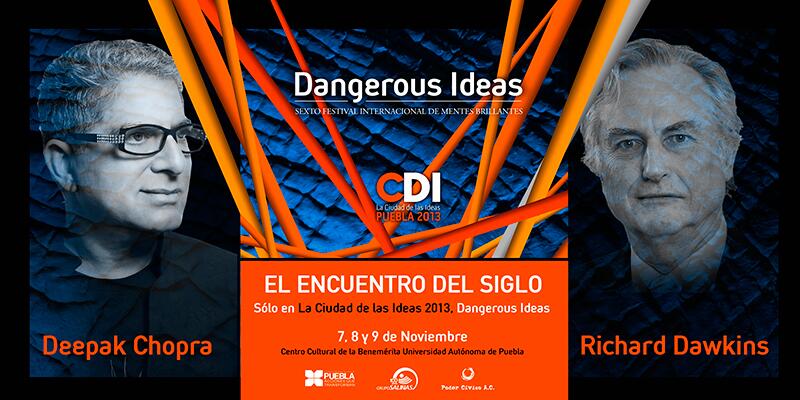By Deepak Chopra, M.D., FACP, Menas C. Kafatos, Ph.D., Fletcher Jones Endowed Professor in Computational Physics, Chapman University, P. Murali Doraiswamy, MBBS, FRCP, Professor of Psychiatry, Duke University Medical Center, Durham, North Carolina, Rudolph E. Tanzi, Ph.D., Joseph P. and Rose F. Kennedy Professor of Neurology at Harvard University, and Director of the Genetics and Aging Research Unit at Massachusetts General Hospital (MGH), Neil Theise, MD, Professor, Pathology and Medicine, (Division of Digestive Diseases) Beth Israel Medical Center — Mount Sinai School of Medicine, New York
In our last post we explored how your body and brain are not just your body and brain – from a 21st-century scientific perspective, you are also a teeming community composed of single-cell organisms. A tiny portion of the body are human cells (yours) while perhaps a hundred times more are mostly bacteria and archaea, known all together as the microbiome. Let’s go several steps further into this scientific re-examination of this thing you call your body.
Intellectually you know that your body today isn’t the same as the body you had in the past. But if you tune in, you generally feel the present you in continuity with yesterday’s, you and all the others going back to childhood. You can imagine even going back to a fetus in the womb and the fertilized ovum from which the fetus grew. That first egg and sperm are derived without interruption from your parents’ living bodies. There is no gap where the life of your mother and father stopped and yours began. The flow of life is seamless back to your mother’s womb, and further back as far as human ancestry can go.

